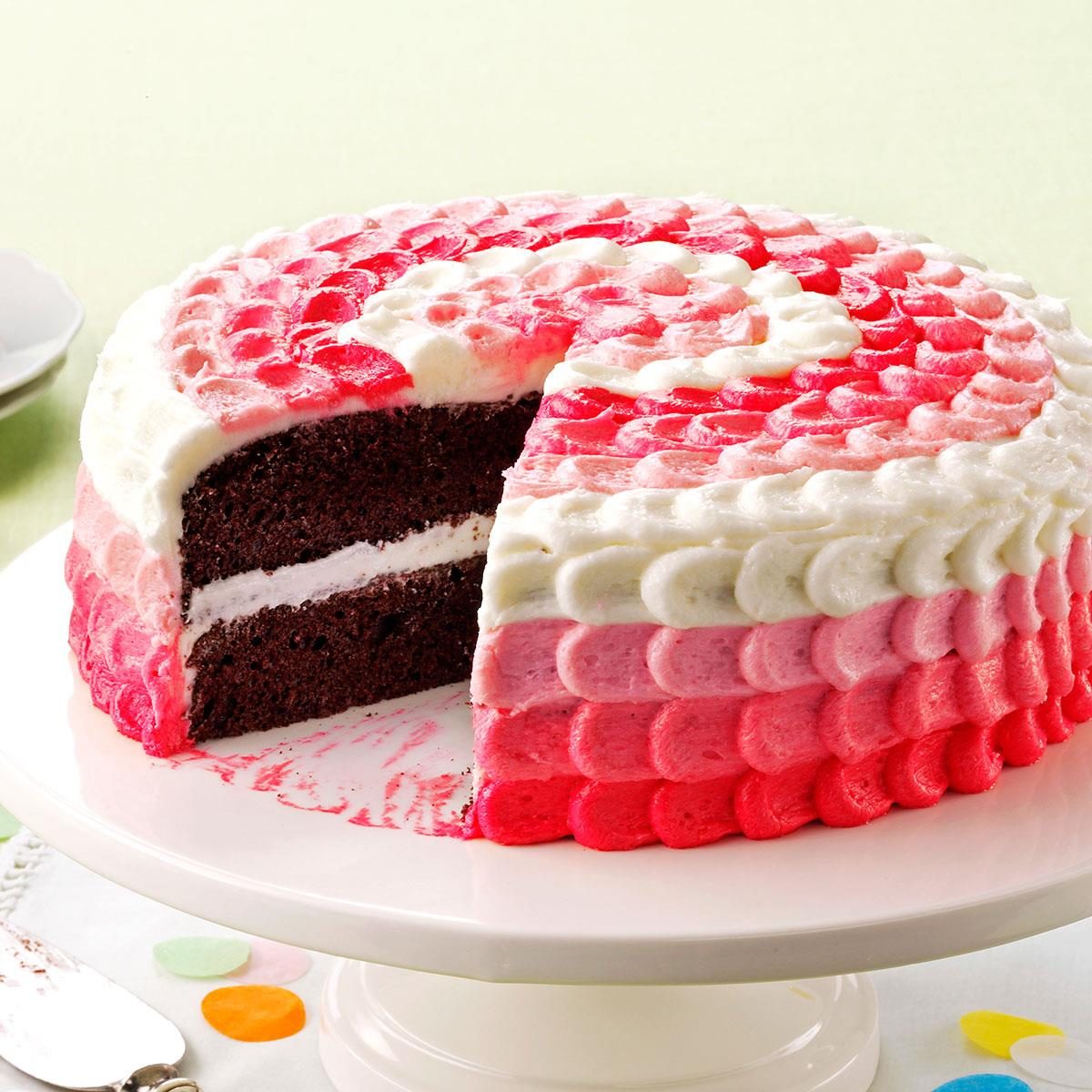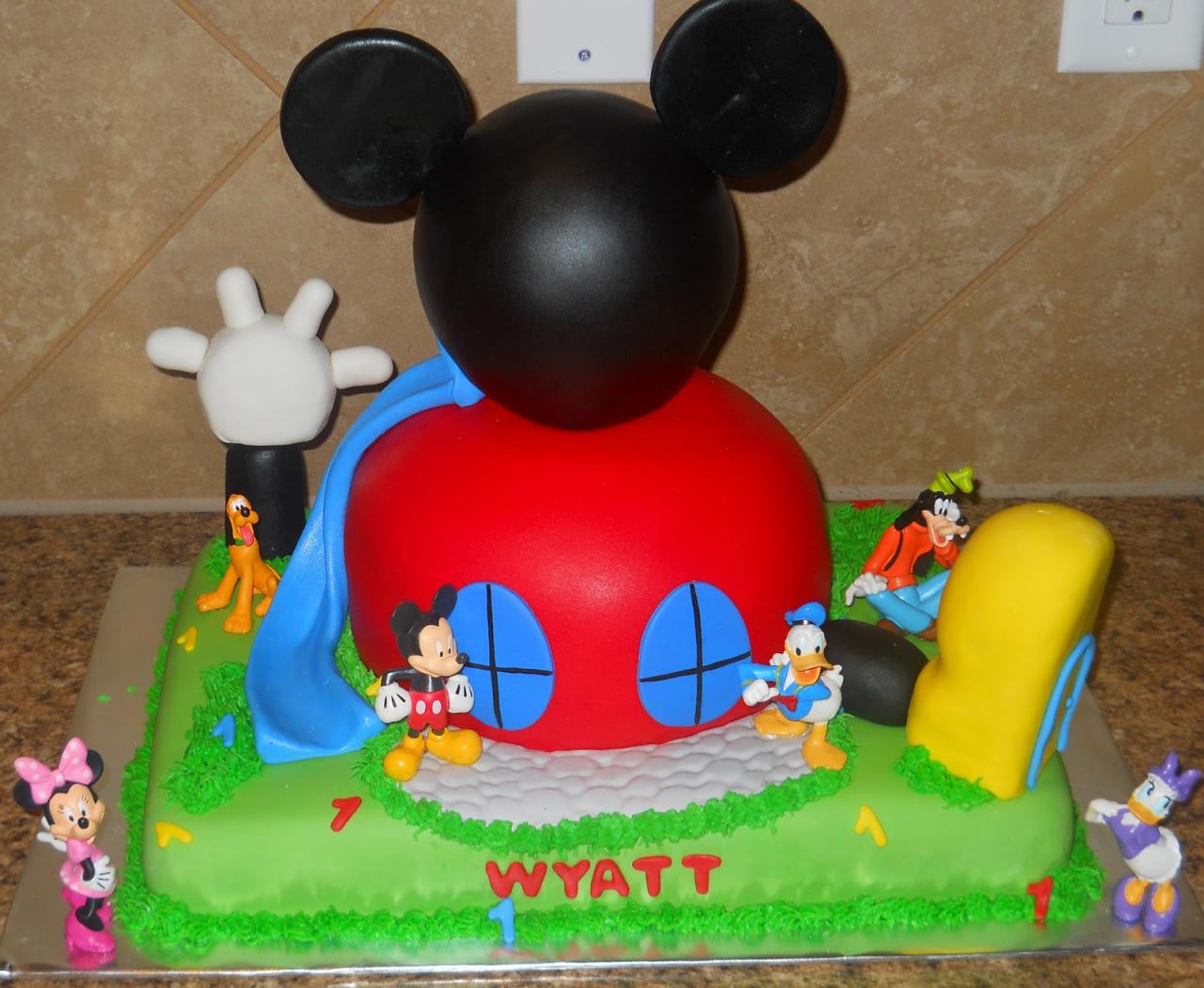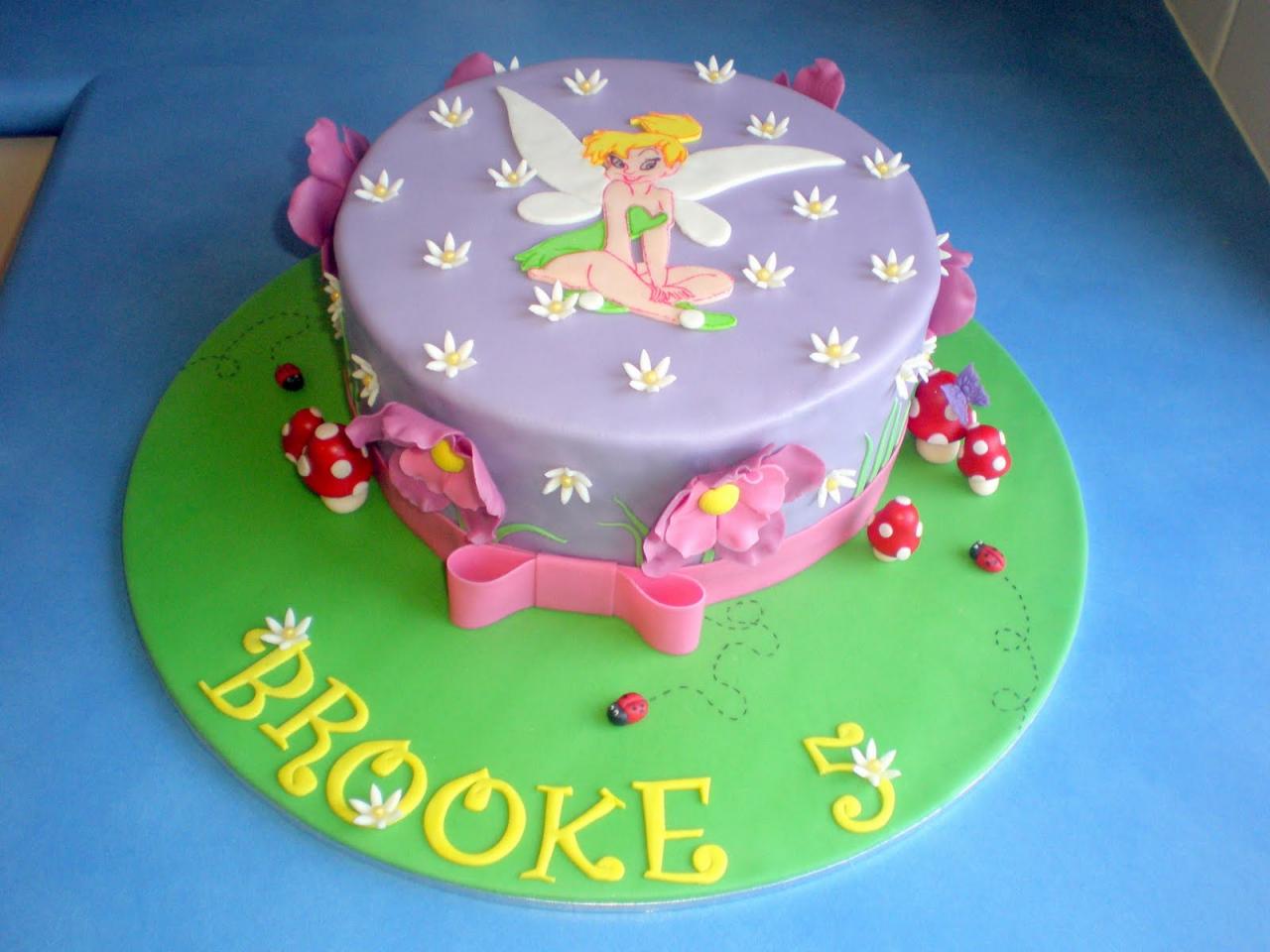Embark on a delectable journey as we delve into the intricacies of how to make icing for cake. From understanding the essential ingredients to mastering various techniques, this guide will empower you to transform ordinary cakes into extraordinary masterpieces.
Whether you’re a seasoned baker or a novice enthusiast, this comprehensive resource will provide you with the knowledge and skills to create stunning and flavorful icings that will elevate your cakes to new heights.
Essential Ingredients
Crafting the perfect icing for your cake is an art that requires a delicate balance of flavors and textures. To achieve this, a well-chosen combination of ingredients is paramount. Here’s a comprehensive list of the most commonly used ingredients in cake icing, along with their purpose and characteristics:
1. Sugar: The foundation of any icing, sugar provides sweetness and structure. Granulated sugar is commonly used for its fine texture, while powdered sugar (also known as confectioners’ sugar) is preferred for its smooth consistency and ability to dissolve easily.
2. Liquid: Liquid ingredients, such as milk, water, or cream, help to dissolve the sugar and create a smooth, spreadable consistency. The type of liquid used can also influence the flavor and texture of the icing.
3. Fat: Butter, shortening, or cream cheese add richness, creaminess, and stability to the icing. They help to create a smooth, velvety texture and prevent the icing from becoming too stiff or crumbly.
4. Flavorings: Vanilla extract, almond extract, or other flavorings enhance the taste of the icing. They can be added to taste, depending on the desired flavor profile.
5. Stabilizers: Corn syrup, honey, or gelatin can be added to icing to improve its stability and prevent it from becoming too runny or separating. They help to keep the icing smooth and spreadable for longer.
6. Colorings: Food coloring can be used to add a pop of color to the icing. Gel or paste food coloring is preferred for its concentrated color and ease of use.
Types of Icing
The realm of cake artistry is incomplete without the delectable adornment of icing. Each type of icing boasts unique characteristics, textures, and applications, adding an exquisite touch to any confectionery masterpiece.
Let us delve into the diverse world of icings, exploring their individual nuances:
Buttercream
- A versatile icing made from butter, sugar, and milk or cream.
- Known for its smooth, creamy texture and rich flavor.
- Can be tinted in various colors and flavored to suit any taste.
- Perfect for piping intricate designs, filling cakes, and frosting cupcakes.
Royal Icing
- A hard, glossy icing made from egg whites, confectioners’ sugar, and lemon juice.
- Renowned for its crisp texture and ability to create intricate decorations.
- Used for detailed piping, creating edible sculptures, and adding a touch of elegance to cakes.
Cream Cheese Frosting
- A tangy and creamy icing made from cream cheese, butter, and sugar.
- Known for its velvety texture and rich, cheesy flavor.
- Perfect for spreading on cakes, cupcakes, and cookies.
Ganache
- A decadent icing made from dark or semisweet chocolate and heavy cream.
- Possesses a smooth, velvety texture and rich chocolate flavor.
- Can be used as a glaze, filling, or frosting for cakes, pastries, and tarts.
Techniques for Making Icing

Mastering the art of icing creation requires a combination of techniques, each yielding distinct textures and finishes. Let’s explore the intricacies of whipping, creaming, and melting, empowering you to achieve the desired consistency and smoothness for your culinary masterpieces.
Whipping
Whipping incorporates air into the icing mixture, resulting in a light and fluffy texture. This technique is commonly used for frostings, meringues, and whipped cream.
- Start with cold ingredients and a clean bowl to facilitate easier whipping.
- Use an electric mixer or whisk to beat the mixture until it reaches stiff peaks.
- Over-whipping can lead to a grainy texture, so be mindful of the consistency.
Creaming
Creaming involves beating together butter and sugar until light and fluffy. This technique creates a smooth and spreadable icing, ideal for cakes and cupcakes.
- Use softened butter at room temperature for optimal creaming.
- Gradually add sugar while continuing to beat until the mixture is pale and fluffy.
- For a richer flavor, use brown sugar instead of white sugar.
Melting
Melting involves heating ingredients together until they combine to form a smooth liquid. This technique is often used for glazes, ganaches, and chocolate icings.
- Use a double boiler or microwave to melt the ingredients gently.
- Stir continuously to prevent burning and ensure even melting.
- Add flavorings or coloring agents as desired, once the mixture has melted.
Flavoring and Coloring Icing

Personalizing the taste and appearance of icing is essential for creating unique and delectable cakes. Here are some techniques for adding flavors and colors to icing:
Extracts and Spices
- Vanilla extract:A classic flavoring that enhances the sweetness of icing.
- Almond extract:Adds a nutty flavor, perfect for pairing with fruit or chocolate.
- Cinnamon:Provides a warm and spicy touch, ideal for autumn-themed cakes.
- Ginger:A zingy flavor that complements gingerbread or carrot cake.
Food Coloring
- Gel food coloring:Concentrated and provides intense color, ideal for vibrant hues.
- Liquid food coloring:Less concentrated, but easier to control the amount used.
- Powdered food coloring:Used for subtle shades, requires dissolving in a small amount of water before adding.
Decorating with Icing
Icing is not just a sweet topping; it’s also a versatile medium for creating beautiful and elaborate cake decorations. With the right techniques and a bit of practice, you can transform a simple cake into a stunning work of art.
There are several techniques for using icing to decorate cakes, including piping, spreading, and creating decorative elements. Piping involves using a pastry bag fitted with a variety of tips to create intricate designs, borders, and swirls. Spreading involves using a spatula or knife to smooth icing over the cake’s surface, creating a clean and polished look.
Decorative elements, such as flowers, leaves, and figurines, can be created by hand or using molds and cutters.
Piping Techniques
- Borders:Use a star tip to create a simple border around the edge of the cake. Pipe a line of icing along the edge, holding the tip close to the cake surface.
- Swirls:Use a round tip to create swirls on the top or sides of the cake. Start by piping a small dot of icing in the center, then swirl the tip around, gradually increasing the size of the circle.
- Rosettes:Use a star tip to create rosettes. Pipe a small dot of icing in the center, then pipe five or six lines of icing around the dot, starting from the outside and working towards the center.
- Writing:Use a fine-tipped piping tip to write messages or names on the cake. Hold the tip close to the cake surface and pipe the letters slowly and carefully.
Troubleshooting Common Issues
When making icing, several common problems can arise, including curdling, separating, or being too thick or thin. Understanding the causes and solutions to these issues is crucial for successful icing preparation.
The following are common problems and their respective solutions:
Curdling
- Cause:Using cold ingredients or adding ingredients too quickly.
- Solution:Ensure all ingredients are at room temperature before mixing. Add ingredients gradually, beating well after each addition.
Separating, How to make icing for cake
- Cause:Overbeating or using too much liquid.
- Solution:Avoid overbeating the icing. If separation occurs, gradually add small amounts of powdered sugar or cornstarch to thicken the mixture.
Too Thick
- Cause:Using too much powdered sugar or cornstarch.
- Solution:Add small amounts of liquid, such as milk, water, or cream, until the desired consistency is achieved.
Too Thin
- Cause:Using too little powdered sugar or cornstarch.
- Solution:Gradually add more powdered sugar or cornstarch until the desired consistency is reached.
Storage and Shelf Life
Preserving the freshness and quality of icing is crucial for successful cake decoration and enjoyment. Proper storage techniques and an understanding of shelf life are essential for maintaining the desired texture, flavor, and appearance of your icing.
The shelf life of icing varies depending on its ingredients, preparation method, and storage conditions. Here are some general guidelines and tips to help you store and preserve your icing:
Refrigeration
Most types of icing, including buttercream, cream cheese frosting, and ganache, can be refrigerated for several days. Place the icing in an airtight container and store it in the coldest part of the refrigerator, typically the back or bottom shelves.
This will help slow down the growth of bacteria and extend the shelf life of the icing.
Freezing
Freezing icing is a great way to extend its shelf life significantly. Buttercream, royal icing, and fondant can be frozen for several months without losing their quality. Place the icing in an airtight container or freezer-safe bag and freeze it.
When ready to use, thaw the icing in the refrigerator or at room temperature.
Tips for Extending Shelf Life
- Use fresh, high-quality ingredients.
- Store icing in airtight containers to prevent moisture loss and contamination.
- Refrigerate or freeze icing promptly after preparation.
- Avoid storing icing at room temperature for extended periods.
- If icing develops any signs of spoilage, such as mold or an off odor, discard it immediately.
Conclusion: How To Make Icing For Cake
As you venture into the world of icing, remember that practice makes perfect. Experiment with different flavors, colors, and techniques to discover your unique style. With patience and creativity, you’ll soon be able to craft exquisite icings that will make your cakes the talk of any gathering.
So, let’s dive right in and explore the fascinating art of icing for cake!


